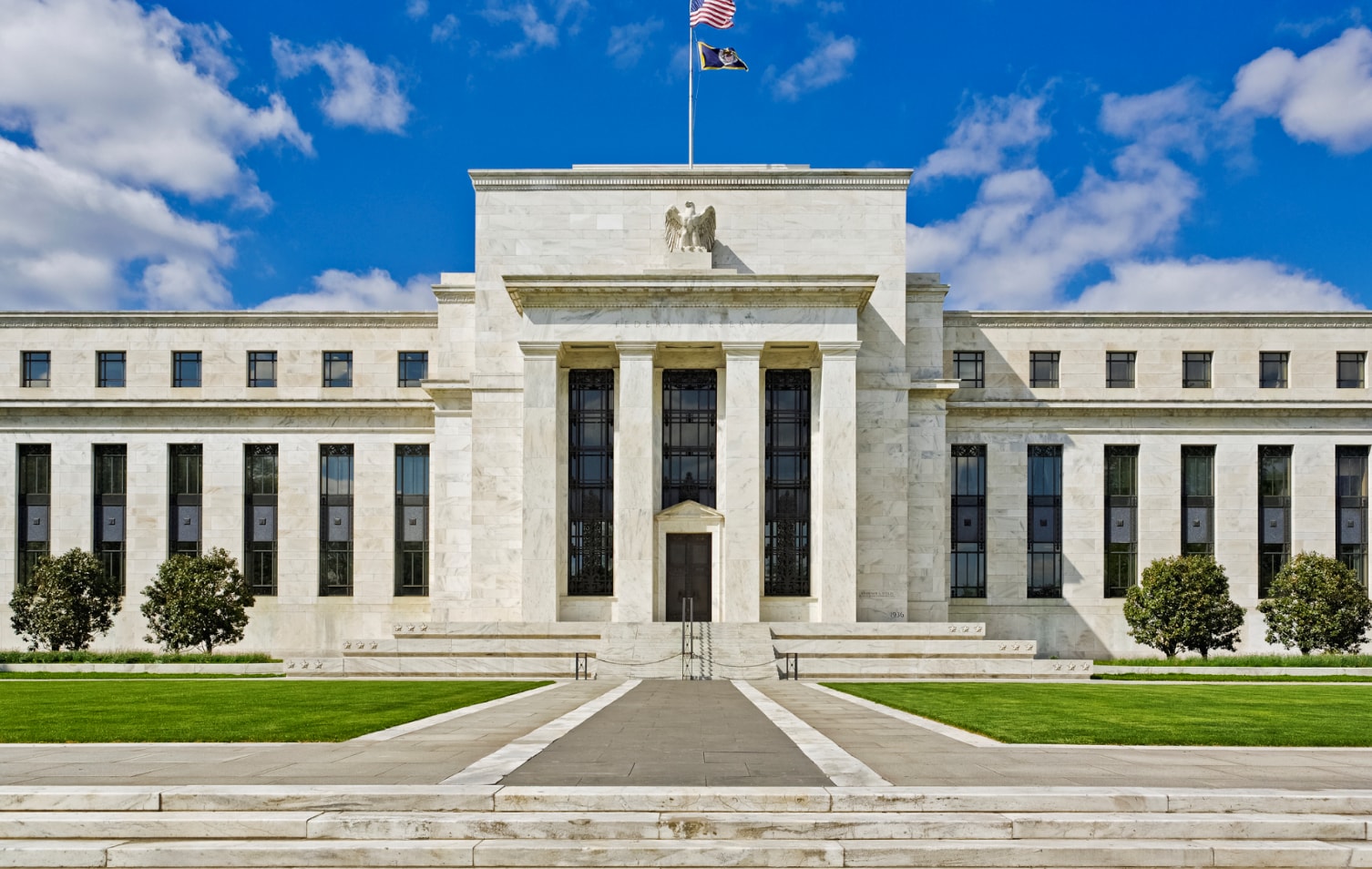European markets got off to a disappointing start to the week yesterday, after a collapse in energy prices knocked the stuffing out of the FTSE 100, pushing it to its lowest level since 11 April.
The slide in energy prices appears to be a wider symptom of concern about the global economic outlook and ergo the recovery in the Chinese economy after a surprise contraction in Chinese manufacturing activity in April, knocked the DAX and CAC 40 sharply lower, with weakness in industrials and luxury stocks.
These increasing growth concerns also saw European banks come under pressure after the latest ECB banking survey showed that lending slowed more than expected during Q1, raising concerns of a stalling recovery, and the worry the ECB might repeat its mistake of 2008 and overtighten when it meets to raise rates tomorrow.
US markets also fell sharply and bond yields slid as investors moved into the safety of government bonds with US 2-year yields sliding below 4%, having peaked at 4.16% on Monday.
For today the focus remains on today’s Fed meeting against the backdrop of yesterday’s sharp selloff in US banks, which at one point saw PacWest shares slide 40% before rebounding. There doesn’t appear to have been a clear catalyst for yesterday’s rout in regional bank shares apart from rising nervousness about the effect future rate increases might have on financial stability.
It is against this volatile backdrop that the Federal Reserve concludes its latest two-day meeting and a decision on whether to raise rates later today. A lot of water has flowed under the bridge since the Fed last raised rates by 25bps in March, in the teeth of concern over financial stability and the US banking system. While this is still reverberating across markets, there was a sense it was being contained, although there is some evidence it may be starting to materially affect the US economy, while yesterday’s sharp sell-off in regional banks suggests the potential for further concern.
Some of the recent manufacturing data has shown increasing signs of disinflation, and credit conditions are starting to tighten a little, although the same can’t be said to the same extent in the services sector which looks resilient, and food prices which have remained high. This is likely to temper any sort of guidance that Fed officials might deign to offer in the statement in the aftermath of today’s rate decision. The consensus around the jobs market is that it is starting to slow, but not by enough to suggest that it is likely to see a drag on demand.
The recent earnings numbers from the likes of JPMorgan Chase and Bank of America suggest that the consumer remains in decent shape although one year inflation expectations showed a sharp rise in March to 4.6%. This would suggest that we are likely to see a 25bps rate hike today, with the main challenge facing Powell set to be on how he keeps his options open about further moves, with markets pricing that this will be the last hike of the current cycle.
There is a chance that the Fed might leave rates unchanged, however that might signal a wider concern to markets that the central bank is concerned about the stability of the US banking system considering yesterday’s sell-off. Even with the weakness being seen in US regional bank stocks and the rescue of First Republic Bank by JPMorgan Chase, it would be surprising if Powell were to row back on his view that there won’t be any rate cuts this year.
After yesterday’s JOLTs data showed that vacancies fell to 9.6m in March, a number that is still eye-wateringly high, today’s ADP payrolls report for April is set to point to continued resilience in the US labour market with 150k new jobs added, a modest improvement on the 145k seen in March. The key data is expected to be with the latest ISM services data which is expected to come in at 51.8 on the headline number, and a modest improvement on March’s 51.2. The key component will be prices paid and employment, both of which were resilient in March at 59.5, and 51.3. Any indication of significant weakness in either of these numbers, while not indicative of a pause today could well be indicative of a 25bps today with a pause thereafter into the summer months.
Yesterday we saw US 2-year yields post their biggest one-day decline since March, falling below 4%, after rising to a one week high of 4.16% on Monday. Today’s European open looks set to be a modestly positive one after US markets managed to finish off their lows of the day.
EUR/USD – continues to range trade after yesterday’s failure to slide below 1.0940. Currently have resistance just below the 1.1100 area, with a break above 1.1120 needed to signal further gains. Below 1.0940 retargets the 1.0870 level.
GBP/USD – slipped back further from its 11-month highs of last week yesterday with the risk we could slip back towards support at the 1.2340 area, which needs to hold to keep the bias for a move towards 1.2630 intact or risk a move towards 1.2270.
EUR/GBP – rebounded from the 0.8760 area yesterday after dropping from last week’s multiple peaks at the 0.8875 area. We still have potential for further declines towards the 200-day SMA at 0.8730. A break above the 0.8870 area suggests a retest the March peaks of 0.8925.
USD/JPY – pushed up to the 137.80 area, after breaking above the 135.20 area, but the move through the 200-day SMA appears to have lost momentum, closing back below it yesterday. The 135.20 area now becomes support, which needs to hold to extend gains to the 139.60 area which is a 50% retracement of the 151.95/127.22 down move.
Disclaimer: CMC Markets is an order execution-only service. The material (whether or not it states any opinions) is for general information purposes only, and does not take into account your personal circumstances or objectives. Nothing in this material is (or should be considered to be) financial, investment or other advice on which reliance should be placed. No opinion given in the material constitutes a recommendation by CMC Markets or the author that any particular investment, security, transaction or investment strategy is suitable for any specific person. The material has not been prepared in accordance with legal requirements designed to promote the independence of investment research. Although we are not specifically prevented from dealing before providing this material, we do not seek to take advantage of the material prior to its dissemination.








